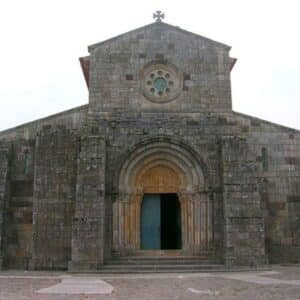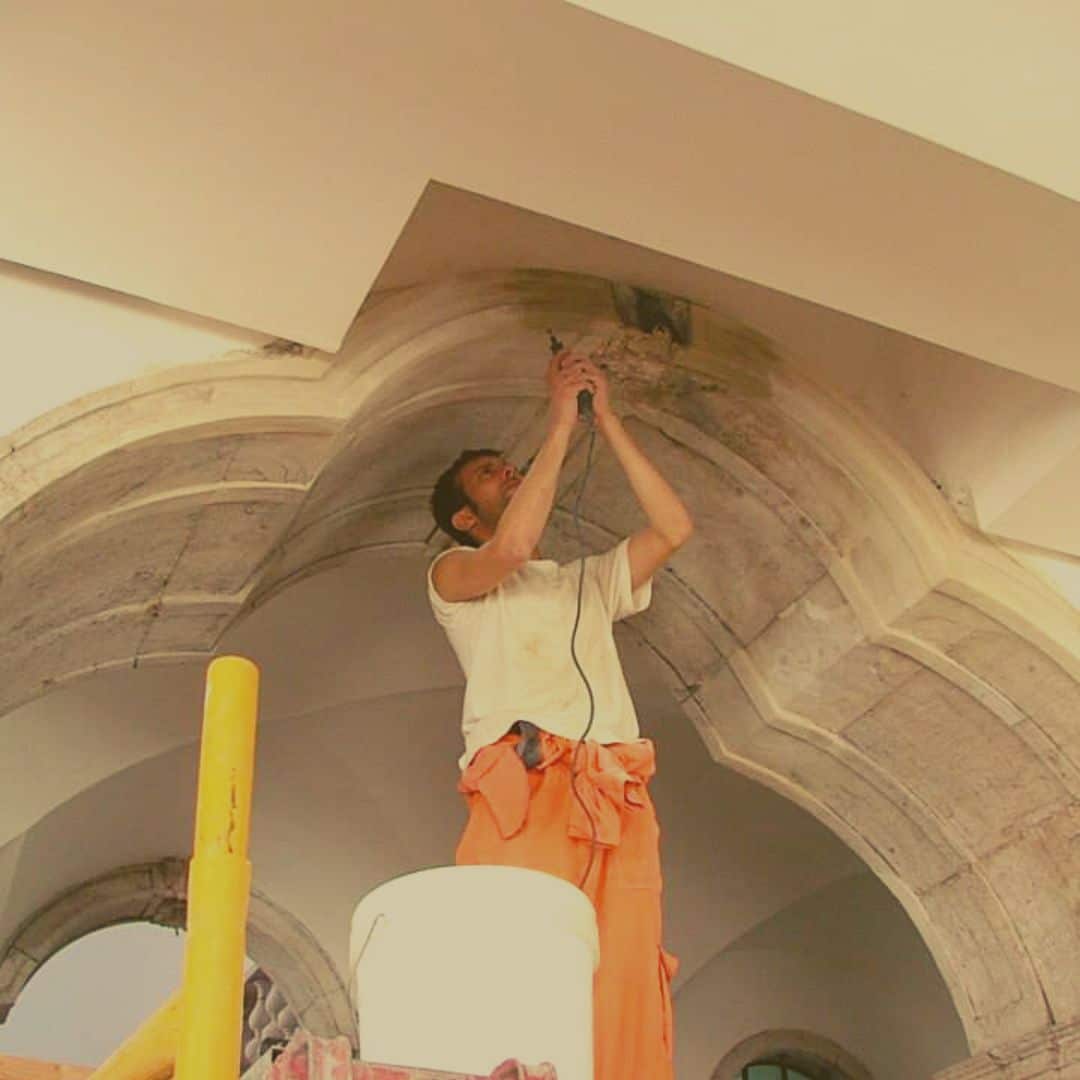Objectives of this certificated online course focuses on architectural styles from the Middle Ages to the 19th century:
It explains the basics and formal rules and teaches how to identify architectural styles by observing its forms.
The certificated online course includes an illustrated Glossary of architectural elements.
In this online course you will learn the fundamentals and origin of architectural styles and recognize the elements that allow us to identify each one of the architectural styles .
The Romanesque
The Gothic
The Renaissance
The Baroque
The Neoclassicism
The Romanticism
Language: English. Also available in Português | Español
How to Identify Architectural Styles – Online Course

Objectives
At the end of this certificated online course the participants will know the basis and the formal characteristics of the architectural styles under analysis, as well as locate them in time and be able to identify them through observation.
Who should take this course – How to Identify Architectural Styles
This certificated online course about architectural styles is particularly useful for:
- teachers
- tour guides
- students of art history
- professionals working in cultural communication and cultural tourism.
However, it is perfectly suitable for anyone interested in the subject and who wants to increase their knowledge about architectural stlyles and monuments.
It has no access requirements.
Certificate
How it works
Course structure
How to identify architectural styles from the Middle Ages to the 19th Century
Glossary of architectural elements
Part 1 – About architecture
- What are architectural styles ?
- Architectural Panorama.
Part 2 – The Romanesque

- The Romanesque
- The Romanesque buildings
- The Romanesque – Practical Examples
Part 2 – The Gothic

- The Gothic
- The Gothic buildings
- The Gothic – practical examples
Part 4 – The Renaissance

- The Renaissance in architecture
- The Renaissance buildings
- Renaissance – practical examples
Part 5 – The Baroque

- The Baroque
- The Baroque buildings
- Baroque architecture – practical examples
Part 6 – The Neoclassicism

- The Neoclassicism
- The neoclassical buildings
- Neoclassicism – practical examples
Part 7 – The Romanticism

- The Romanticism
- Romantic buildings
- The Romanticism – practical examples
Author

Diana Ferreira
Graduate in Art History from the Faculdade de Letras of the University of Porto and Master in Museology (Spain: Valladolid).
Worked in the Galleria Nazionale d’Arte Moderna di Roma and was part of the managing staff of the Uffizi Gallery, in Florence.
Studied and worked in Italy and Spain several times on scholarships. Trainer and head teacher for the subject on Art History in Porto, and Introduction to History of Art, Iconography and History of Architecture at the Academy of Art in Florence.
The book Guia dos Tesouros Arquitectónicos (Lisbon: Chiado Editores, 2014) was published in 2014, product of an in-depth investigation on the addressed topics.
How do the online courses work?
Access 24 hours a day for unlimited time
It means that, as soon as you receive your confirmation code, you can enter all the course content at any time you want, for as long as you want and without a deadline.
Even after taking the assessment and receiving the certificate, you can continue to consult as many times as you need.
All your courses will be available from Citaliarestauro.com website.
Your account in Citaliarestauro.com
You will have a personal area in our site to which you will have exclusive access.
With direct access to all your courses, certificates or e-books.
Estimated duration
It means the number of hours that we estimate to be necessary to understand the contents and successfully carry out the knowledge assessment.
These are the hours that will appear on the training certificate.
But it is not a limit or an imposition. You can enter your course as many times as you want and for as long as you want.
Access from any device
Our website, online courses and e-books are optimized for easy navigation and consulting from any desktop computer, tablet or mobile phone.
Whatever the device or operating system used, navigation and content, whether text, images, videos or others, are adapted to make your experience pleasant and functional.
Includes assessment and certificate
It means that they are already included in the course price.
You will never be asked for other payments or subscriptions to receive your certificate.
Assessment
It takes place on the platform itself and has no date or time. You can do it only when you feel your learning is complete.
Certified training institute
It means that we are a training entity certified by DGERT (Ministry of Labor, Solidarity and Social Security of Portugal) – Training entity certificate nº 1800/2015.
- that training certificates are valid for all legal and skills qualification purposes
- that certificates are valid internationally as they respect the European Union certification rules
- that strict rules and principles are respected in pedagogical and organizational terms
- that all legal, fiscal and payment regulations are respected




